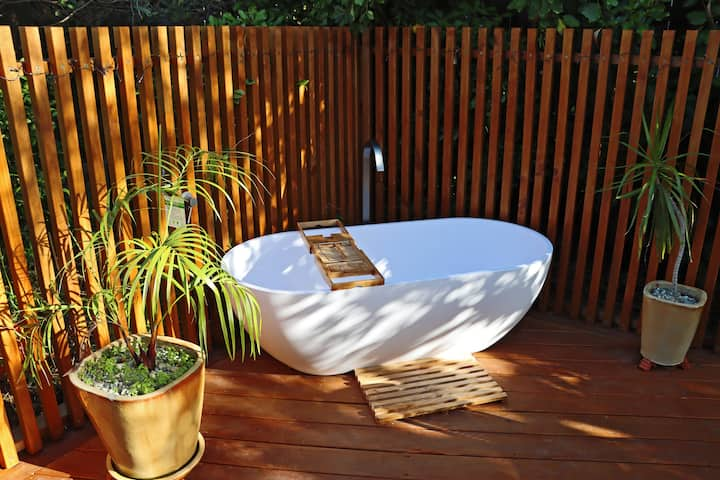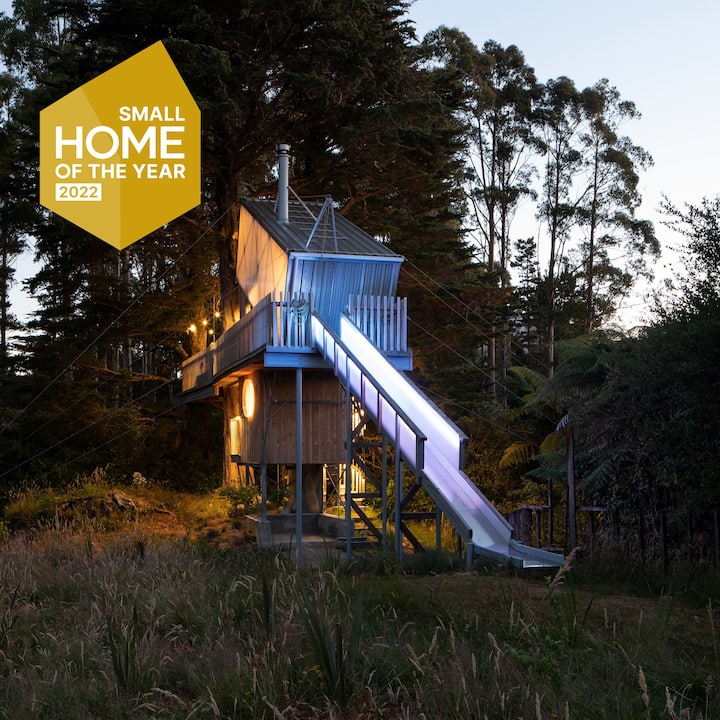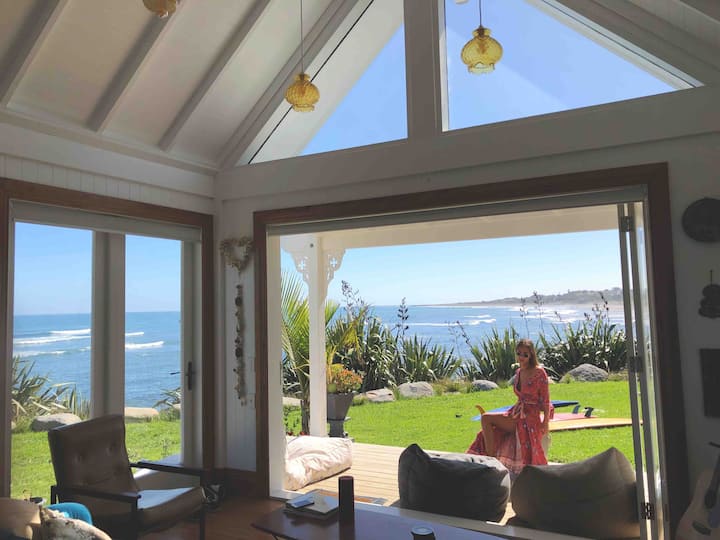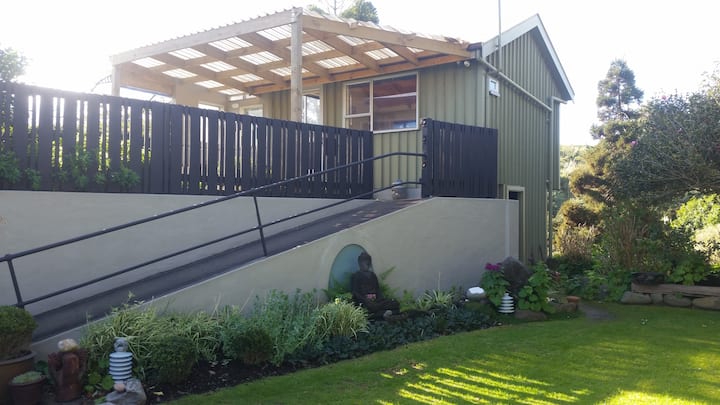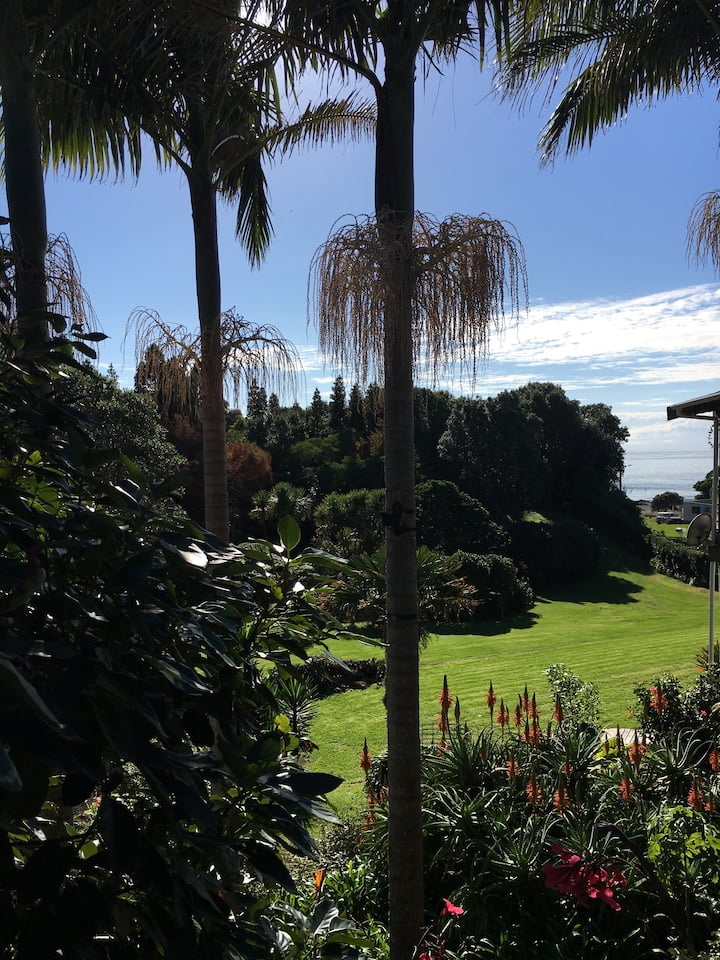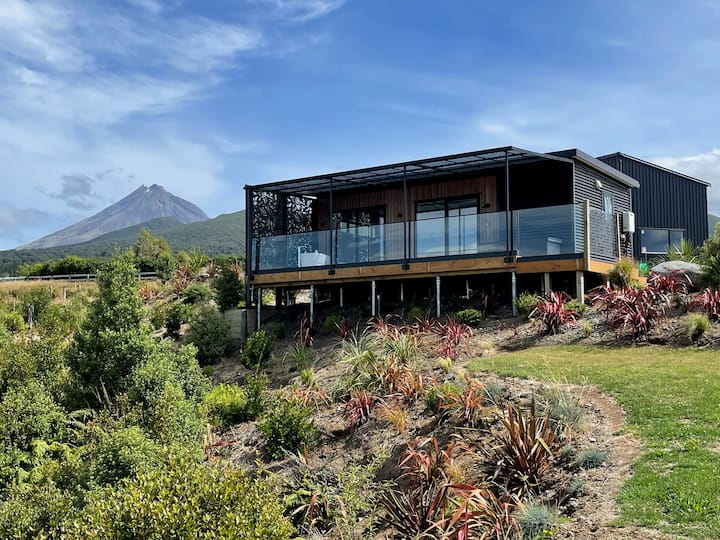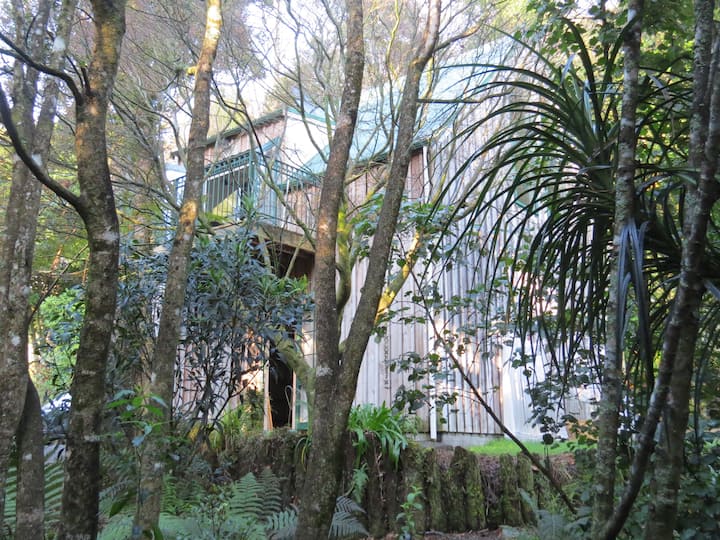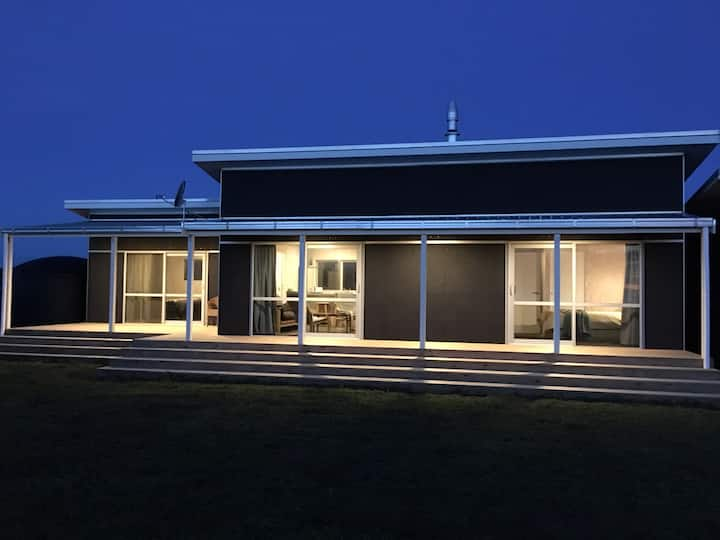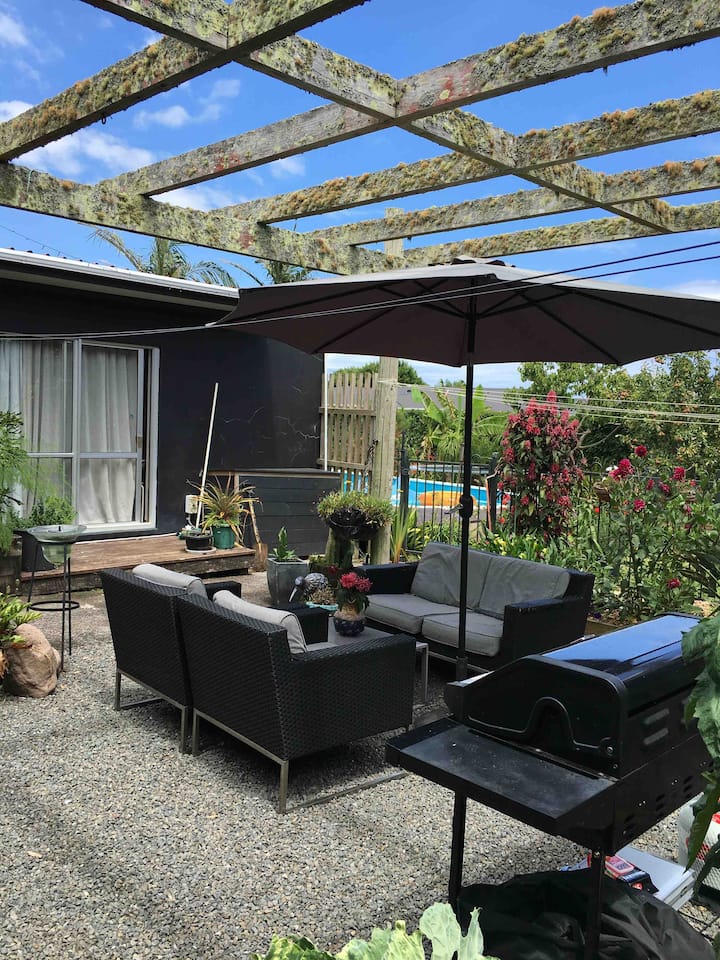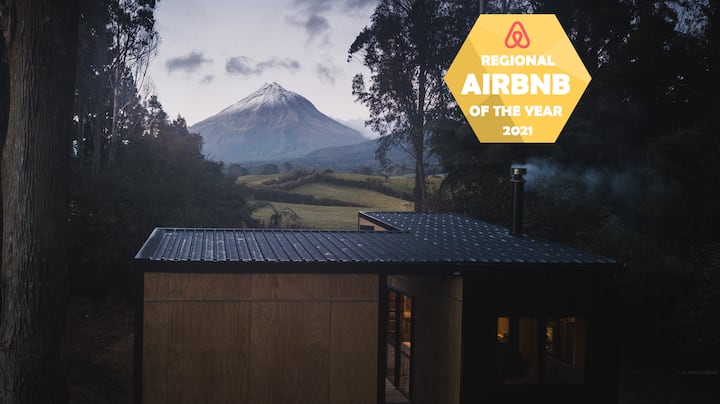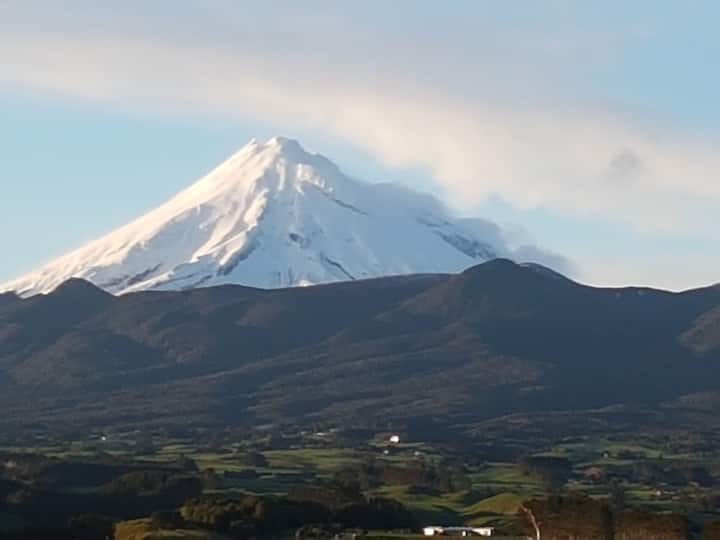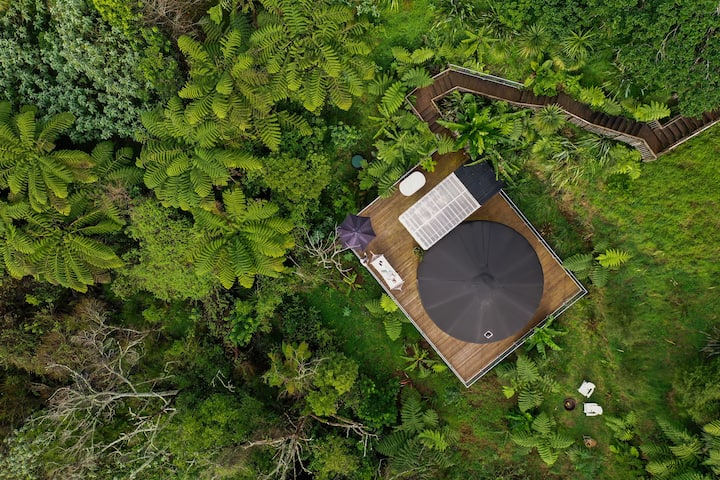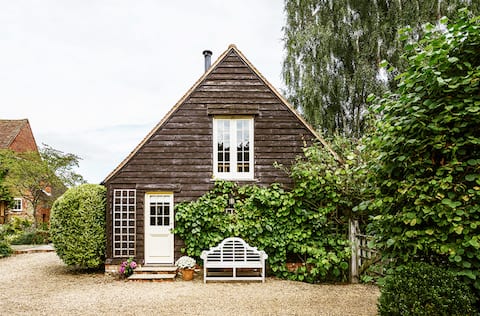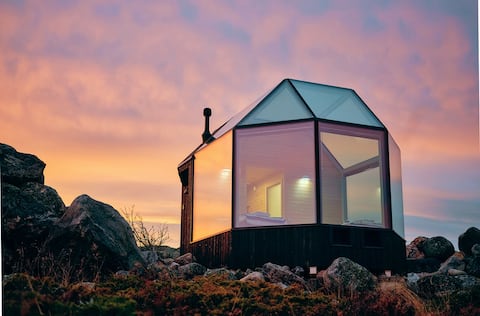
Vacation rentals in Ōakura
Book unique vacation rentals, houses, and more on Airbnb
Top-rated vacation rentals in Ōakura
Guests agree: these vacation rentals are highly rated for location, cleanliness, and more.
Vacation rentals for every style
Get the amount of space that is right for you
Popular amenities for Ōakura vacation rentals
Other great vacation rentals in Ōakura
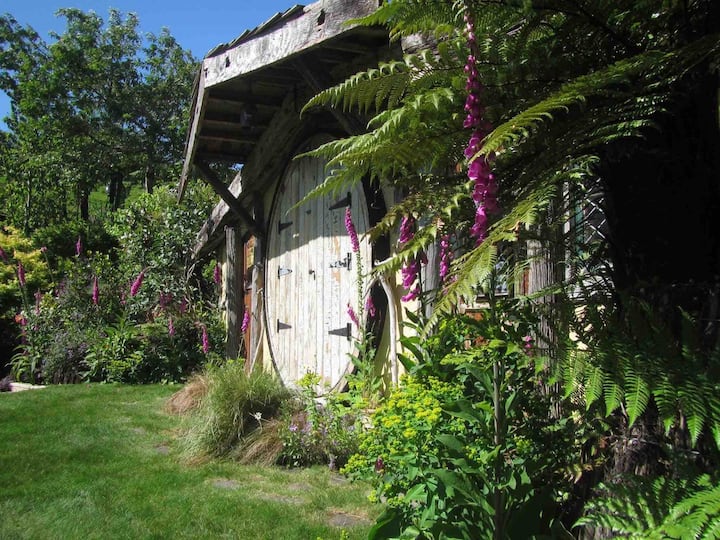
Tiny home in Hurworth
4.99 out of 5 average rating, 313 reviews"Lake End" Retreat
Jan 12 – 19
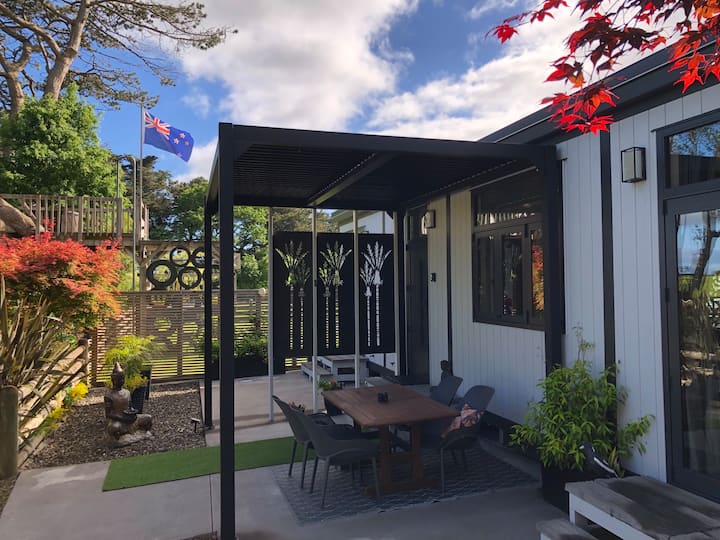
Tiny home in New Plymouth
4.99 out of 5 average rating, 132 reviewsTiny Home Luxury Farm Escape
Mar 16 – 23
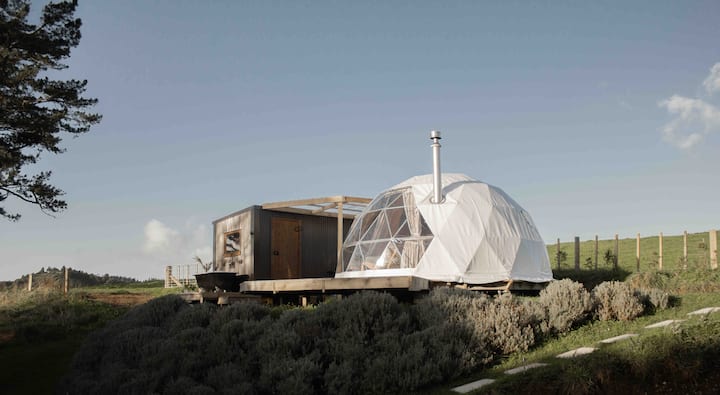
Dome in Egmont Village
4.93 out of 5 average rating, 284 reviewsRiver Belle Glamping
Aug 21 – 28

Guesthouse in Okato
4.91 out of 5 average rating, 235 reviewsŌkato Retro Studio, Taranaki
Jul 11 – 18
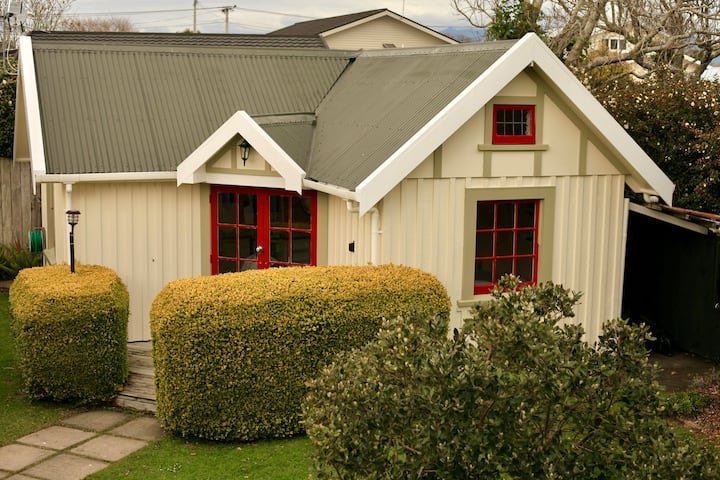
Guesthouse in New Plymouth
4.95 out of 5 average rating, 574 reviewsParkside Studio
Feb 19 – 26
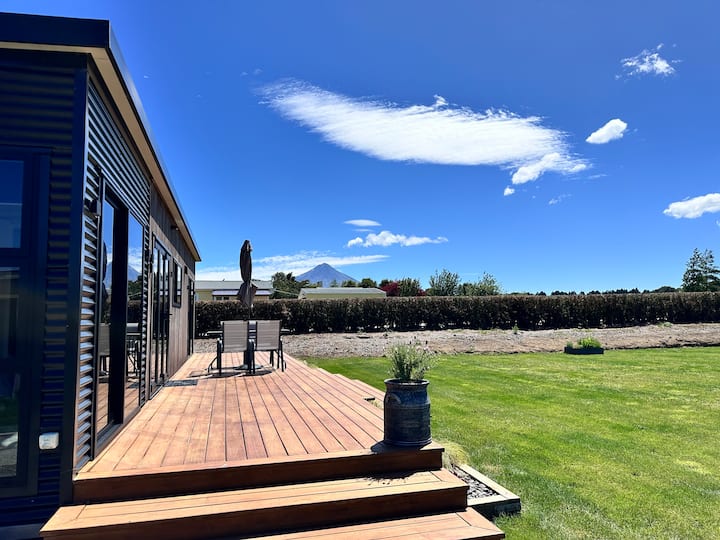
Home in Stratford
4.97 out of 5 average rating, 150 reviewsPeaceful on Pembroke-Stunning Mountain View,Homely
Dec 3 – 10
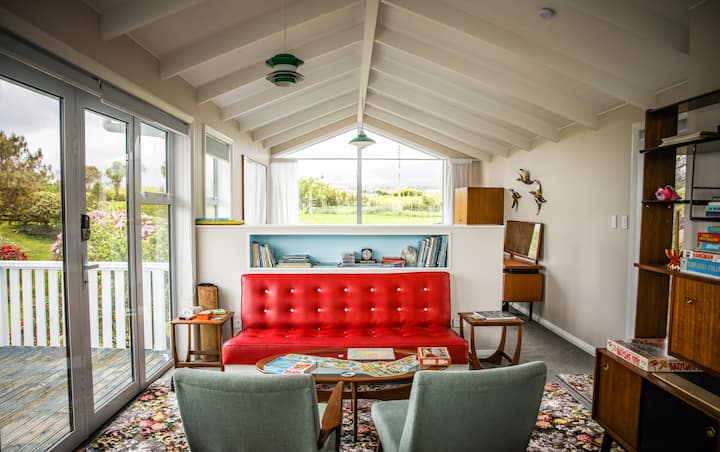
Guesthouse in Rahotu
4.98 out of 5 average rating, 169 reviewsNew Host finalist with spa, stunning views
Jul 9 – 16
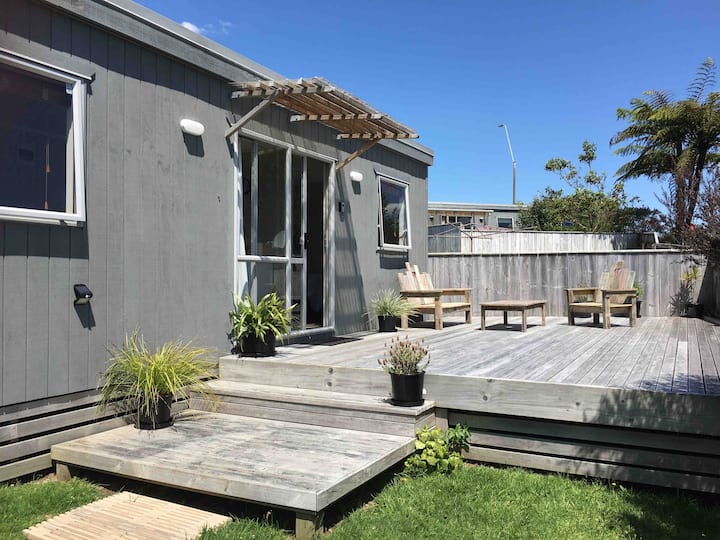
Tiny home in New Plymouth
4.92 out of 5 average rating, 186 reviewsHoliday Cabin
Oct 18 – 25
Other great vacation rentals in Ōakura
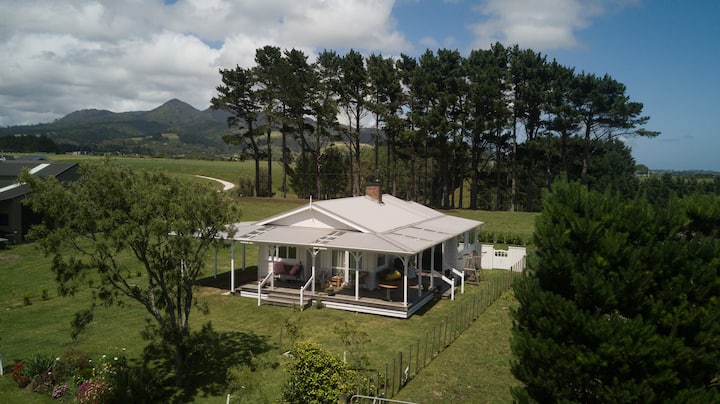
Cottage in Omata
5.0 out of 5 average rating, 101 reviewsKoru Cottage
Sep 27 – Oct 4

Home in Kaitake
4.85 out of 5 average rating, 203 reviewsModern home in peaceful location
May 7 – 14
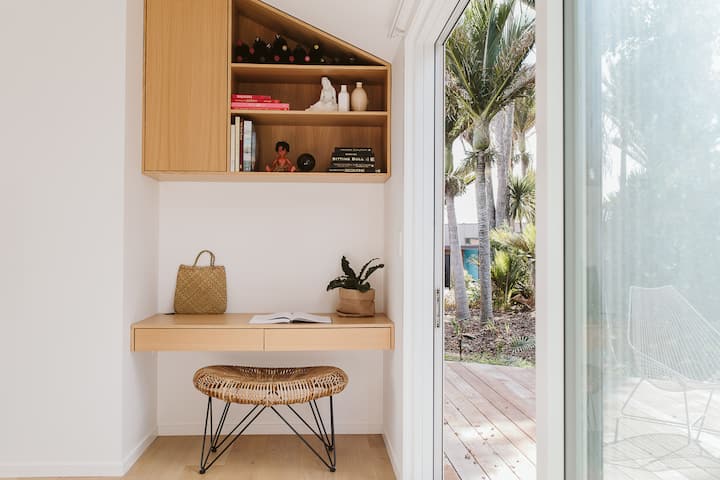
Bungalow in Oakura
4.98 out of 5 average rating, 58 reviewsMiharo
Jul 9 – 16
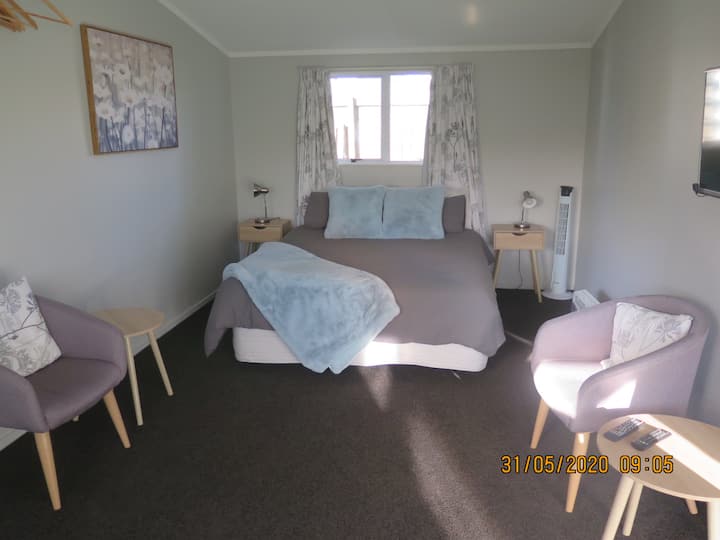
Guest suite in Oakura
4.92 out of 5 average rating, 71 reviewsButlers Central
Oct 14 – 21

Apartment in Ōakura
5.0 out of 5 average rating, 8 reviewsModern 2 BDRM Oakura Basement apartment
Jul 18 – 25

Apartment in Oakura
4.83 out of 5 average rating, 80 reviewsOakura Haven
Aug 7 – 14

Guest suite in Ōakura
4.96 out of 5 average rating, 47 reviewsCharming Hideaway in the Heart of Oakura
Oct 15 – 22
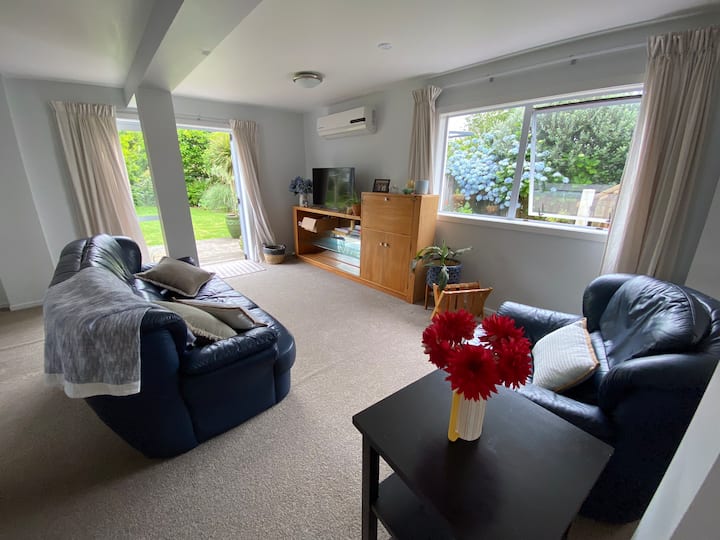
Home in Ōakura
5.0 out of 5 average rating, 11 reviewsOākura beach and backyard fun
Oct 14 – 21
Quick stats about vacation rentals in Ōakura
Total rentals
50 properties
Wifi availability
50 properties include access to wifi
Rentals with dedicated workspaces
10 properties have a dedicated workspace
Family-friendly rentals
40 properties are a good fit for families
Total number of reviews
2.3K reviews
Nightly prices starting at
$40 before taxes and fees
Your guide to Ōakura
All About Ōakura
The seaside village of Ōakura sits on the western side of the North Island between the North Taranaki Bight and the magnificent peak of Mount Taranaki. Locals call this part of the coast the Surf Highway, and the giant surfboard on the main street is another clue about why a lot of visitors come here, but Ōakura is also a creative community, home to many artists and craftspeople.
Luxury glass-fronted beach houses sit alongside surf shops and food trucks in this laid-back village with dramatic black-sand beaches, where you can sip a latte at a family-owned cafe before taking a bracing walk. Fishing is popular in the area, both surfcasting and fly fishing for brown and rainbow trout in the Ōakura River. There’s even a rusted early-20th-century shipwreck — the remains of the SS Gairloch — to explore a couple of miles west.
The best time to stay in a vacation rental in Ōakura
Ōakura has a warm, temperate climate with quite a lot of rain throughout the year. The warmest, driest month is February, when New Zealand basks in summer weather. The coldest and wettest time of year is midwinter, in June and July. The Ōakura Arts Trail has grown into a big event since it started in 2003: during the last weekend of October and the first weekend of November, you can tour the studios of local potters, jewelers, sculptors, and painters. You can also follow a self-guided trail of the studios, which are open all year round.
Top things to do in Ōakura
Lucy’s Gully
Buy supplies for a picnic in Ōakura and make the 20-minute drive to Lucy’s Gully, a serene nature reserve among towering redwoods in the Kaitake Ranges. A highly respected Māori woman named Ruhira Matekai (also known as Lucy Stevens) was born here in 1820 and lived and gardened here throughout her life. Lucy’s Gully is also the starting point for the Sefton Track walking trail, which takes around three hours and links to the longer Waimoku Track.
Egmont National Park
Ōakura is a great base for exploring Egmont National Park, which spans more than 200 square miles of stunning mountain scenery, subalpine forest, and waterfalls and offers a wide range of walking paths. Take the boardwalk Mangorei Track to the reflective lake for fabulous views of Mount Taranaki, or walk to Henry Peak Lookout through a landscape of alpine tussock. Another easy path is the 30-minute Kamahi Loop, which includes a forest of gnarled kāmahi trees draped with moss and ferns.
Te Koru Pā
Te Koru Pā is one of the few Māori fortified village sites in New Zealand where you can still clearly see the remains of stone defensive walls and food storage pits. This centuries-old site is a great place to learn about Māori history. You can walk to the site in around 15 minutes on a path that crosses fields leading to the river, and you will soon be surrounded by native forest and birdsong.
Frequently Asked Questions
Are there family-friendly house rentals in Ōakura?
Ōakura has more than 30 family-friendly house rentals. Amenities on the property may include high chairs, travel cribs, or strollers.
How much does it cost to stay in house rentals in Ōakura?
Experience the best of Ōakura with our house rentals, starting at about $40 per day, before taxes and fees. Embrace comfort and style while staying within your budget in your home away from home.
Do house rentals in Ōakura have air conditioning?
Absolutely! We offer over 10 house rentals with air conditioning in Ōakura. Enjoy a tailored experience with all the comforts you desire.
Do house rentals in Ōakura have wifi?
Absolutely! We offer over 30 house rentals with wifi in Ōakura. Enjoy a tailored experience with all the comforts you desire.
Are there house rentals with a dedicated workspace in Ōakura?
Yes! Work meets play with ease at over 10 house rentals in Ōakura featuring dedicated workspaces. Stay connected and productive in your home away from home.
Do house rentals in Ōakura have a bbq area?
Absolutely! We offer over 10 house rentals with a bbq area in Ōakura. Enjoy a tailored experience with all the comforts you desire.
Destinations to explore
- New Plymouth Vacation rentals
- Whanganui Vacation rentals
- Ohakune Vacation rentals
- Mount Ruapehu Vacation rentals
- Kawhia Vacation rentals
- Ōpunake Vacation rentals
- Kai Iwi Vacation rentals
- Hāwera Vacation rentals
- Marokopa Vacation rentals
- Mokau Vacation rentals
- Wellington Vacation rentals
- Auckland Vacation rentals
- Yurt Rentals United States
- Yurt Rentals United Kingdom
- Castle Rentals United States
- Houseboats United States
- Holiday Caravans United Kingdom
- Private Island Rentals United States
- Farm Houses United States
- Farm Cottages United Kingdom
- Cabin Rentals Australia
- Luxury Cabins United Kingdom
- Luxury Cabins United States
- Holiday Chalets United Kingdom
- Cottage Rentals United States
- Holiday Cottages United Kingdom
- Mansion Rentals United States
- Villa Rentals United Kingdom
- Holiday Bungalows United Kingdom
- Bungalow Rentals United States
- Condo Rentals United States
- Holiday Apartments Australia
- Holiday Houses United States
- Holiday Houses United Kingdom
- Private Holiday Rentals United Kingdom
- Big House Rentals United States
- Big Cottages Australia
- Large Villas United Kingdom
- House Rentals with a Pool United States
- Cabin Rentals with a Pool United States
- Villas with a Pool United Kingdom
- Apartments with a Hot Tub United States
- Holiday Cottages with a Hot Tub United Kingdom
- Beach Cabins United States
- Beach Condos United States
- Beachfront Rentals United States
- Beach Houses United Kingdom
- Beach Villas United Kingdom
- Coastal Cottages United Kingdom
- Pet-Friendly Vacation Rentals United States
- Pet-Friendly Beach Rentals United States
- Pet-Friendly Cabin Rentals United States
- Dog-Friendly Cottages United Kingdom
- Luxury Dog-Friendly Cottages United Kingdom
- Family travel hub Tips and inspiration
- Family budget travel Get there for less
- Vacation ideas for any budget Make it special without making it spendy
- Travel Europe on a budget How to take the kids to Europe for less
- Outdoor adventure Explore nature with the family
- Bucket list national parks Must-see parks for family travel
- Kid-friendly state parks Check out these family-friendly hikes
